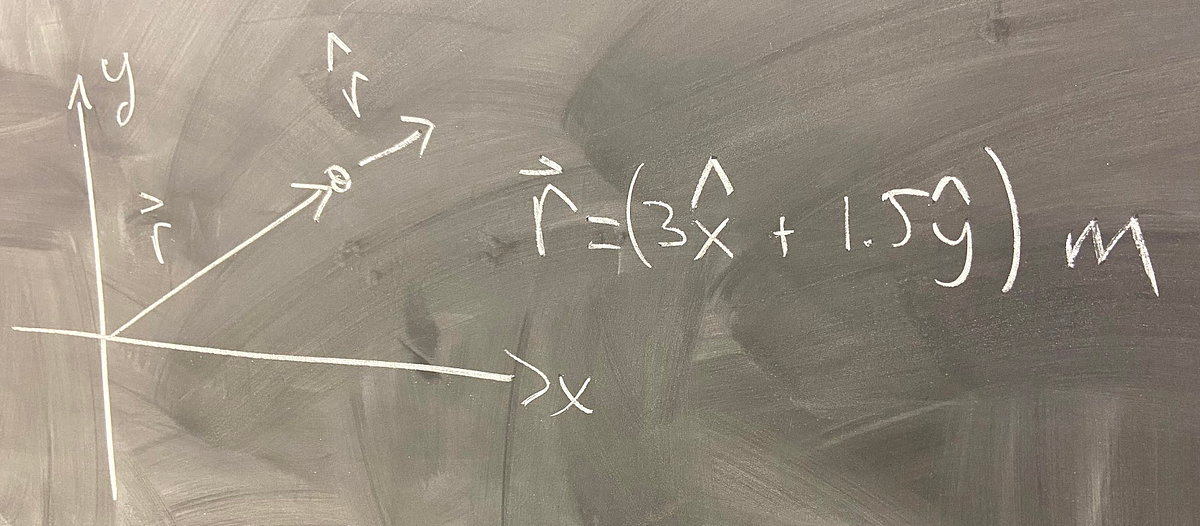Riga Technoculture Research Unit
There is only one diacritical mark in my name: a small comma accent dangling below the letter “ļ.” For me, a person bearing a Russian name, the significance of this diacritical mark is disproportionate to the mark’s modest size. At the brink of 2024, this tiny accent below the Latvian letter “ļ” in my name has become a kind of typographic insignia, indicating my background, state affiliation, and value system.
Diacritical marks can hold a significance that is deeper than their mere function, not only for individuals like me, but for large social groups—sometimes for entire nations.
Those who have dealt with diacritically rich orthographies, are likely to know that diacritics can be quite a nuisance. These marks often stick out and clash with other glyphs. And if diacritics do not cause such issues, it is usually because they are not sufficiently noticeable, which also impedes the readability of a text.
In the era of mechanical typesetting, diacritical marks often incurred additional expenses for the printer. These fine and finicky elements wore out faster than the rest of the metal letters, or simply broke off.





















